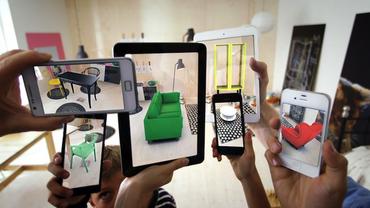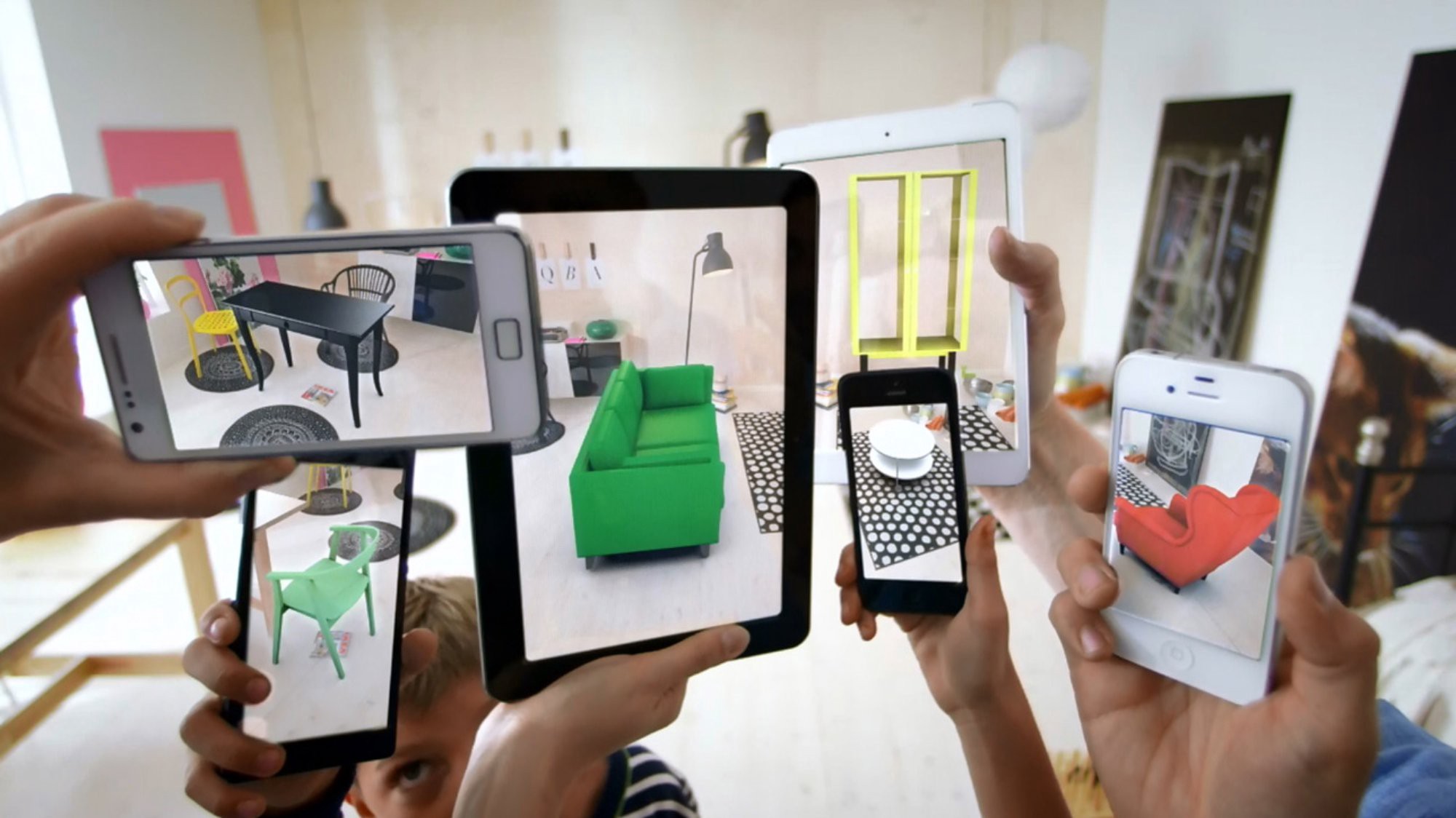[Submitted by Amanda Peterson,Enlightened Digital]

Advances in technology and ever-changing consumer expectations have challenged retailers to become digital innovators. Now more than ever, retail corporations have shifted priority from selling products to creating the optimal customer experience. Technology has played a more important role in the operations of retailers and has allowed brick-and-mortar locations to provide the experiences that today’s customers desire. From artificial intelligence to smart mirror technology, traditional brick-and-mortar retailers have integrated an array of technological advances into their selling strategy.
The latest trend in retail technology? Augmented reality (AR). What once was a far-fetched concept has now become a reality, and forward-thinking retail brands are incorporating AR technology into their unique customer experiences.
AR is the technology that overlays information and virtual objects on real-world scenes in real-time, adding computer-generated graphics to a pre-existing environment. Like the name suggests, AR “augments” your current surroundings with digital alterations and enhances the current perception of reality.
As both virtual and real worlds can harmoniously coexist, AR users can utilize virtual information as a tool to provide assistance in everyday activities. Brick-and-mortar retailers have begun to use AR to establish an interactive customer experience. It’s a smart move, considering that over 60 percent of consumers prefer stores that offer AR experiences. AR has also been shown to drive impulse purchases, with 72 percent of consumers stating that they’ve purchased goods they didn’t plan to buy because of AR.
Benefits of Augmented Reality in Retail

In today’s retail environment, AR can help shoppers easily envision an item they are considering buying, whether it be a couch for their living room or a new pair of sunglasses. Customers spend more time in stores that incorporate AR into their shopping experience and increase their interaction time with a given product. Lengthening time spent connecting with a product encourages a more meaningful customer experience, where consumers can imagine the item in their daily reality.
Additionally, AR increases conversion rates and minimizes return rates. Many AR options provide detailed information and personal customization that not only allows customers to preview the product, but also ensures that they actually like it.
A great deal of furniture companies have embraced AR technologies to provide customers with a “try before you buy” experience. Home-focused retailers like Lowe’s, Anthropologie, Wayfair and Pottery Barn have already applied AR functions in-store. The apps lay branded merchandise over images of customers’ homes, which allow “people [to] better visualize,” says Laura Alber, the chief executive of Williams-Sonoma. Furniture is already a costly investment and one made infrequently by consumers. AR technologies have limited hesitation in the buying process and oftentimes motivates consumers to purchase big-ticket items.
AR retail technology supports the customer experience to make it simpler and more fun, and for many retailers is turning into a substantial source of revenue. It’s demonstrating a strong trend of interest from both retailers and consumers and is likely to continue in development and popularity as time progresses. If you’ve yet to incorporate AR in your retail strategy, it’s time to start considering it.

